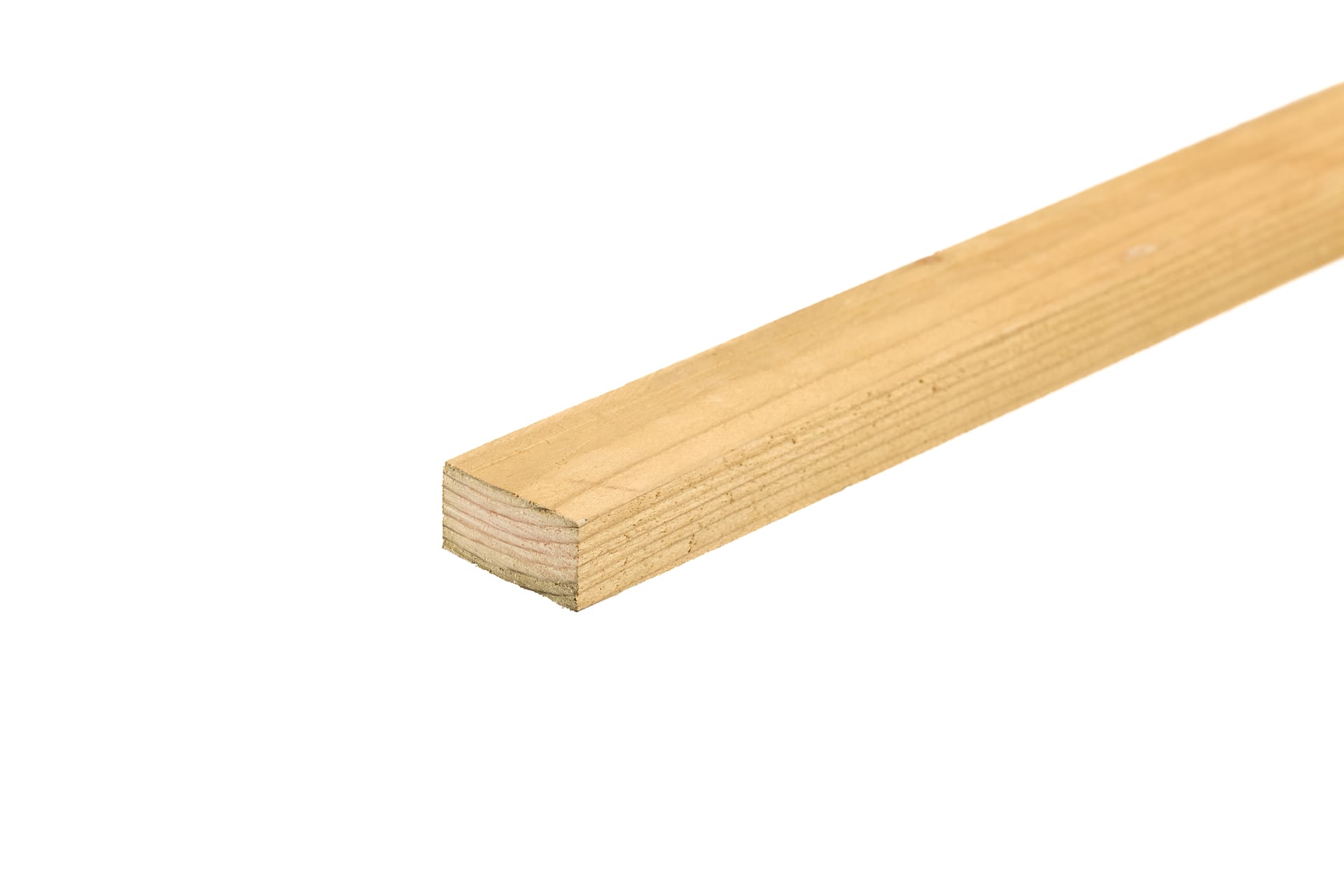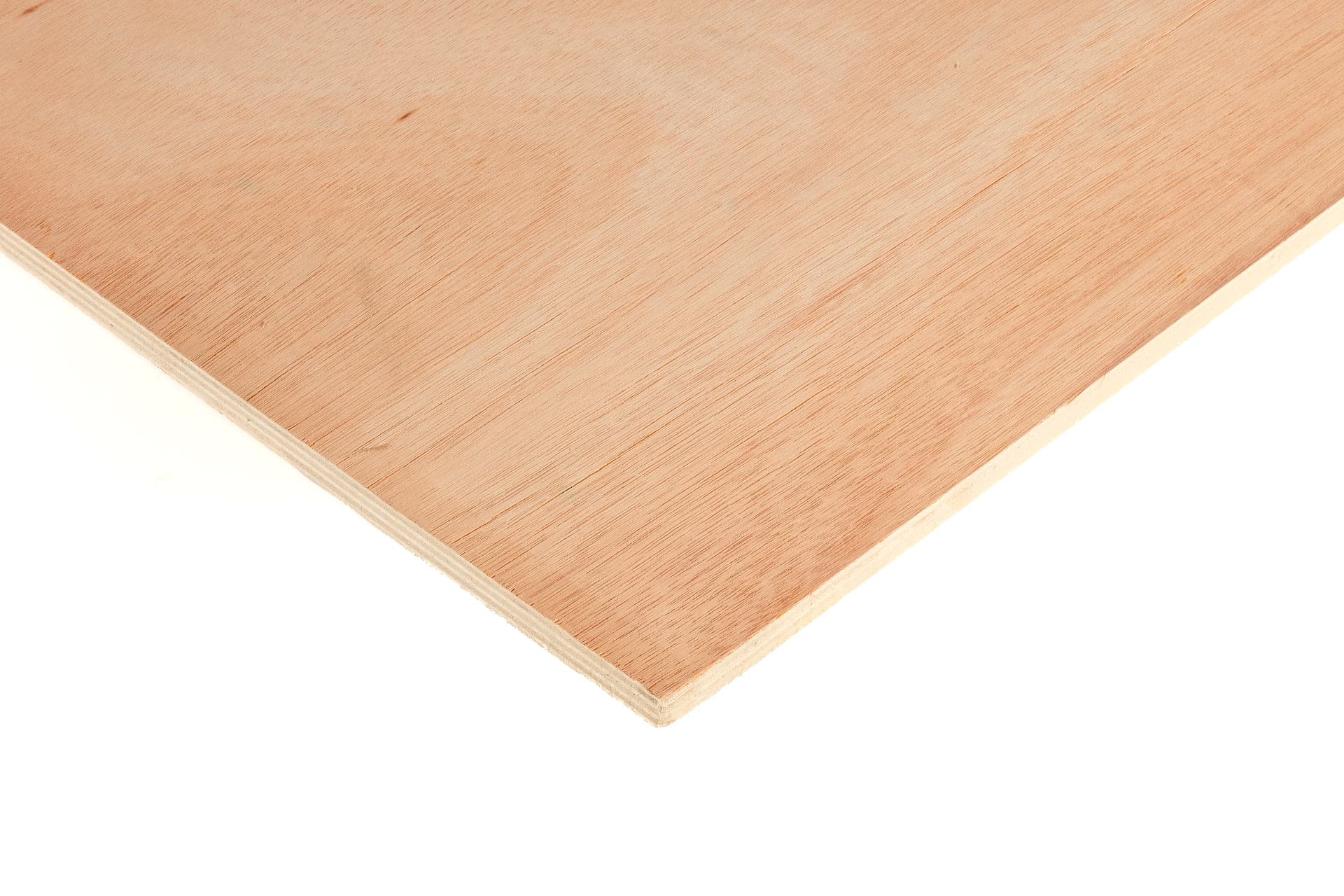Timber & Sheet Materials
(284 Products)Timber & Sheet Materials encompass structural wood products, engineered panels, and joinery boards used across construction, carpentry, and interior fit-out applications. This category includes sawn timber, plywood, MDF, OSB, and chipboard, providing versatile solutions for load-bearing frameworks, linings, and surface finishing.
Understanding Timber & Sheet Materials
Timber & Sheet Materials form a fundamental category within the building materials sector, covering a broad range of solid and engineered wood products designed for structural, decorative, and fabrication purposes.
They encompass both natural sawn timber and processed composite panels manufactured to meet dimensional stability, strength, and surface quality requirements.
These materials are specified in structural framing, flooring, wall linings, cabinetry, and furniture production, offering adaptability across commercial, residential, and industrial projects.
Timber products are sourced from softwood and hardwood species, while sheet materials are typically engineered from wood fibres, veneers, or chips bonded under heat and pressure.
Selection depends on mechanical performance, moisture resistance, finish quality, and compliance with building regulations.
Treatments such as kiln drying, pressure impregnation, or surface lamination are often applied to enhance durability and aesthetic characteristics.
Material Range
- Sawn Timber: Structural and joinery-grade softwood or hardwood for framing, carcassing, and finishing.
- Plywood: Cross-laminated veneers for strength, stability, and consistent performance in construction and joinery.
- MDF (Medium Density Fibreboard): Smooth, uniform panel suitable for furniture, cabinetry, and interior finishes.
- OSB (Oriented Strand Board): Engineered structural panel for roofing, flooring, and sheathing applications.
- Chipboard: Compressed wood particles used for flooring panels, worktops, and non-structural linings.
Key Features
- Dimensional Stability: Engineered and kiln-dried options minimise warping and shrinkage.
- Load-Bearing Capability: Structural grades suitable for floors, walls, and roof assemblies.
- Workability: Easy to cut, machine, and fix with standard woodworking tools.
- Surface Finish Options: Available raw, primed, veneered, or laminated for various decorative requirements.
- Sustainable Sourcing: Many products certified under FSC® or PEFC™ schemes.
Typical Applications
- Structural framing and carcassing: Used in load-bearing timber structures including walls, floors, and roof assemblies.
- Subfloors, roof decking, and wall sheathing: Provides rigid surfaces and structural stability in building envelopes and floor systems.
- Furniture manufacture, cabinetry, and interior joinery: Forms the base material for fitted furniture, shelving, and decorative woodwork.
- Shopfitting, partitions, and decorative panelling: Applied in commercial interiors for modular assemblies and aesthetic wall finishes.
- Temporary works, formwork, and packaging: Utilised in non-permanent structures, concrete moulds, and protective transport systems.
Specification & Standards
- EN 13986: Defines performance requirements for wood-based panels used in construction, including mechanical strength and moisture resistance.
- EN 636: Specifies grading and durability classes for plywood in interior and exterior environments.
- EN 300: Classifies oriented strand board (OSB) according to structural capability and environmental exposure.
- BS 5268 / BS EN 14081: Covers structural timber design, grading, and strength classes for load-bearing applications.
Sustainability credentials are supported through FSC® and PEFC™ certification, with CE and UKCA marking confirming compliance with construction product regulations.
Related Materials and Construction Uses
Timber and sheet materials integrate with mechanical fixings, adhesives, and insulation systems in both structural and interior applications.
They provide substrates for plasterboard linings, flooring finishes, and external cladding systems. Within the building envelope, these materials link structural framing to decorative surfaces, ensuring continuity between load-bearing and finishing elements in residential, commercial, and industrial construction.
Frequently Asked Timber & Sheet Questions
What Standards Apply to Timber and Sheet Products in the UK?
Timber products generally comply with BS EN 14081 (structural timber), BS 8417 (preservative treatment), and EN 13986 (sheet materials). Compliance ensures performance, safety, and suitability for load-bearing or internal use.
How Are Timber and Sheet Products Graded?
Timber is strength-graded to standards such as C16 or C24 for structural use. Sheet materials are graded according to EN 636 (plywood) or EN 312 (chipboard) to define moisture resistance, load capacity, and intended application.
What Are the Common Uses of Timber and Sheet Materials in Construction?
Timber is widely used for structural framing, roofing, and joinery, while sheet materials such as plywood, MDF, and OSB are used for wall sheathing, flooring, furniture, and cabinetry applications.
Are Timber and Sheet Products Suitable for Outdoor Applications?
Yes, provided they are treated or rated for exterior exposure. Use Class 3 or higher timber (per BS EN 335) and exterior-grade sheet materials such as EN 636-3 plywood or OSB/3.
How Are Timber Sheets Fixed in Structural Applications?
Fixings should follow EN 1995-1-1 (Eurocode 5) design guidance, ensuring appropriate spacing, edge distances, and nail or screw types suitable for the material and load conditions.
















































